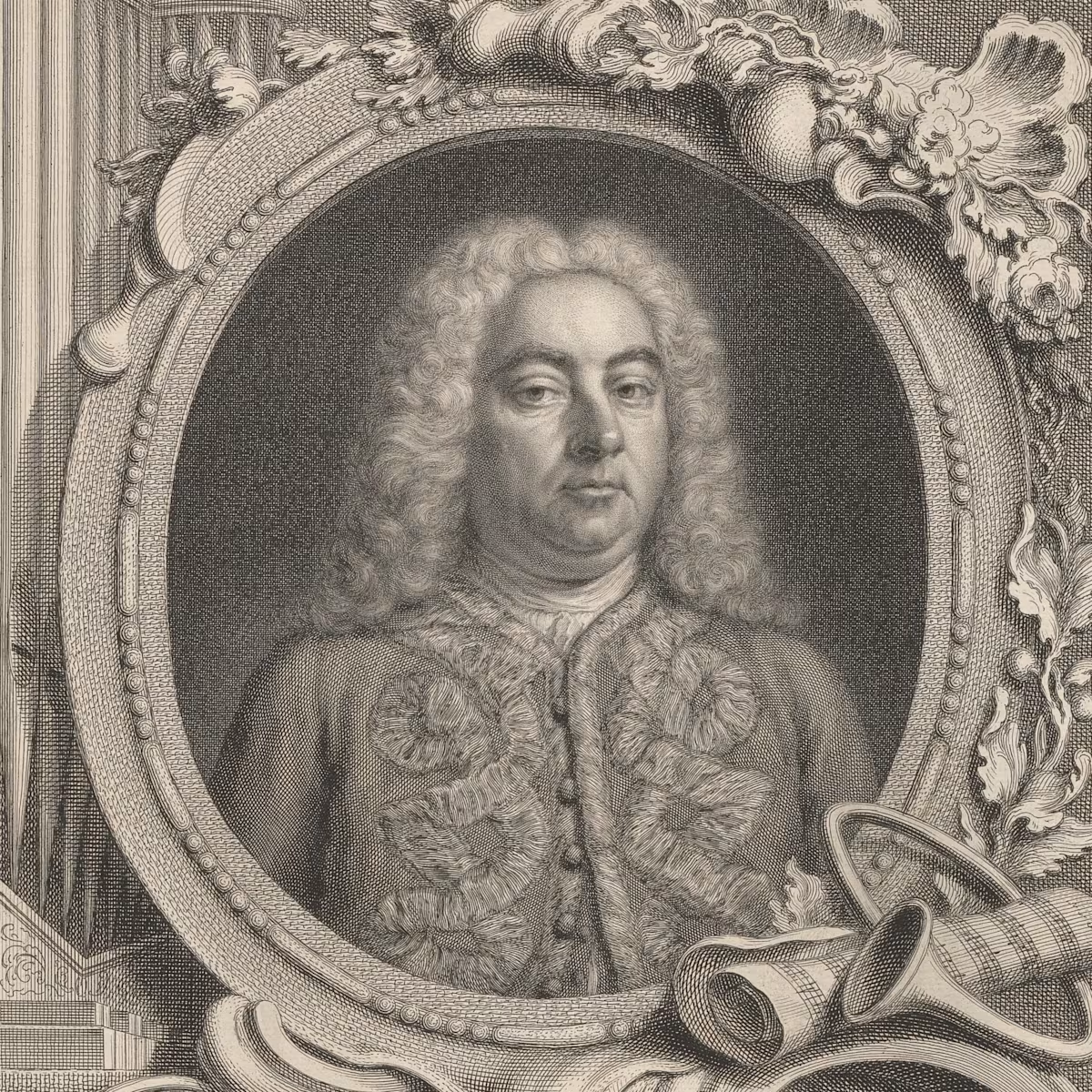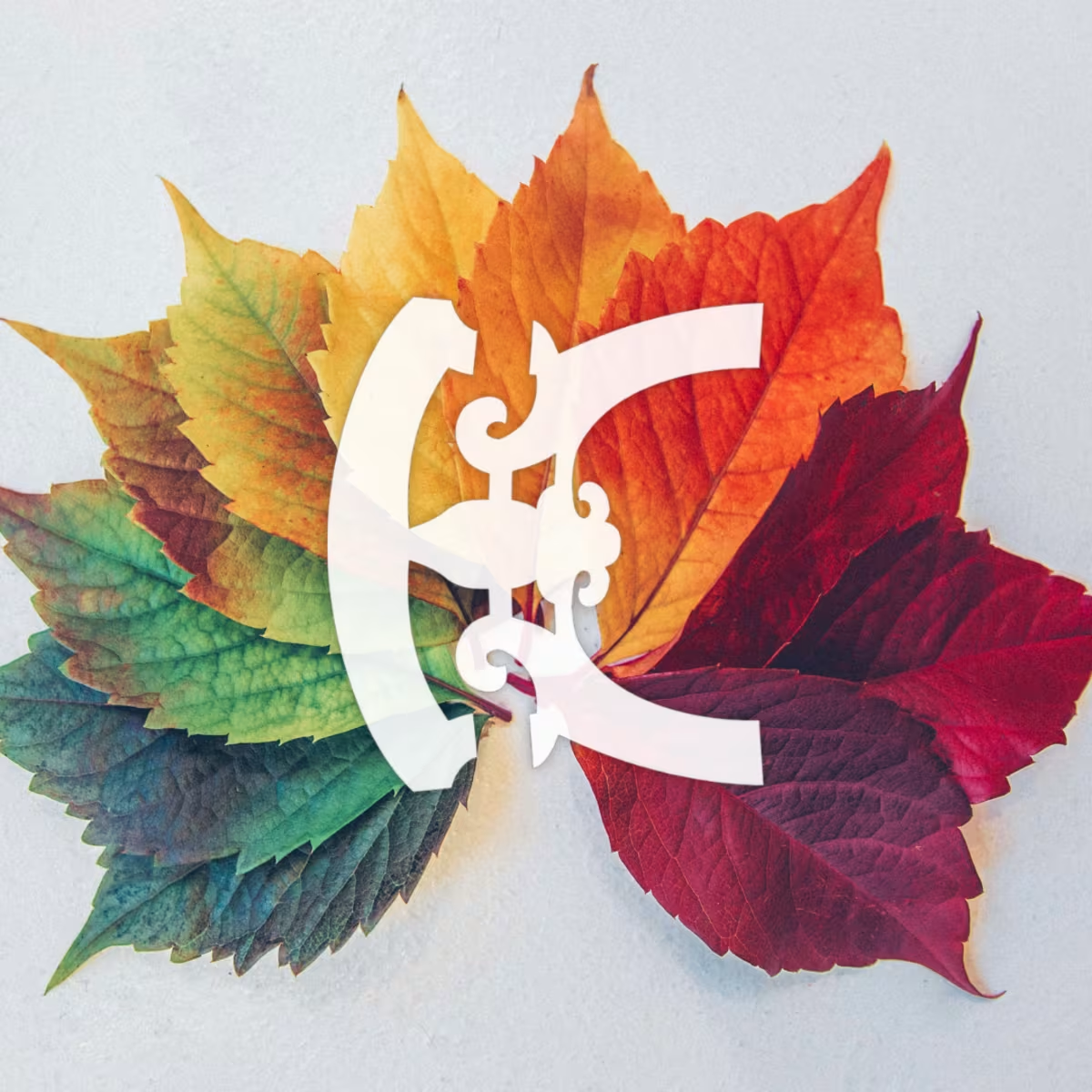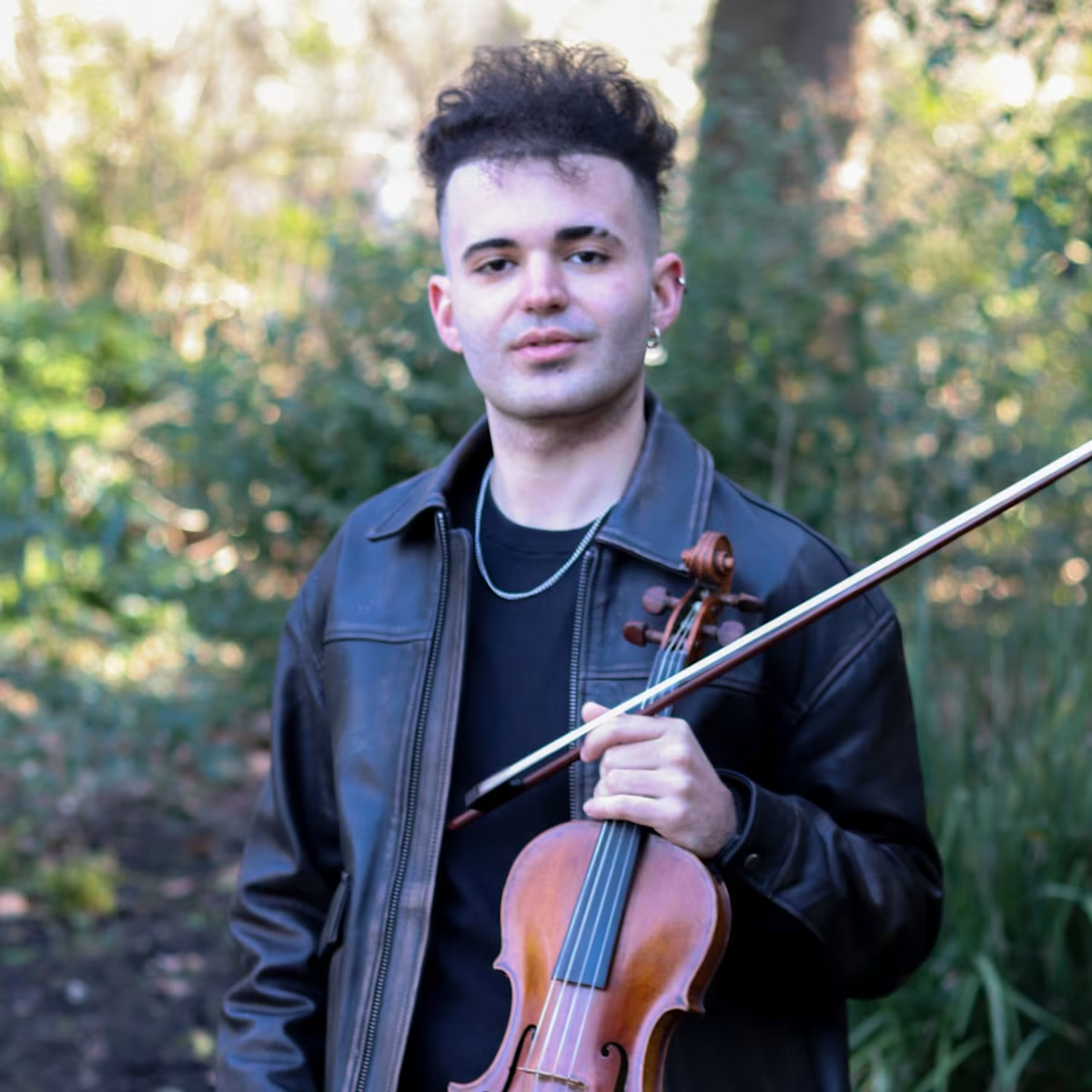Feature
Unearthed Elegance: The Violin Sonatas of Denis Delair
A world-premiere recording by The Levée
Share this

FIRST PUBLISHED 05 MAY 2025
Members of The Levée met whilst studying together in Basel. They are known for their interest in unknown repertoire, and the question of why some works had a continuous performing tradition, and others remained untouched. Music that has been lost for centuries presents exciting challenges to modern historical performance practice and understanding of music history. Marguerite Wassermann shares insights about their musicological expedition which led to the world premiere recording of a set of Violin Sonatas by the obscure French composer, Denis Delair.
Denis Delair (1662–1734) was a theorist and author of the Traité d’accompagnement pour le théorbe, et le clavecin (publ. 1690). His treatise was well-known in 18th-century France, enough to prompt Rameau’s harsh critique of it in his Dissertation (1732). Despite mention of instrumental works in the second edition of Delair’s treatise (1724), his compositions have – until now – fallen into obscurity.
In looking through the catalogue of the Düben Collection, a Swedish musical manuscript collection started in the 1640s and held in the Uppsala University Library, we came across seven ‘Sonates a Violino seul’ by a ‘Mr De L’air’. While no other copies of Delair’s Sonatas have yet been found, their appearance in this collection suggests that they had circulated amongst musicians.

The sonatas were copied by the Swedish church musician, Carl Hintz (1640–1710/11). How Hintz got hold of these unpublished sonatas is not known; he held positions in churches in Sweden and Latvia, but there is no evidence that he travelled to France. Hintz was employed as a copyist under the Hofkapellmeister Anders von Düben to copy parts from French stage works by composers, such as Lully, for performances of a French troupe of actors and musicians resident in Stockholm from 1699 to 1706. It is possible that these French musicians brought Delair’s sonatas to Sweden, and that Hintz was tasked with making a copy.
It is difficult to date these sonatas. With the year of Hintz’s death in mind, we can conclude that they must have been written by no later than the end of the first decade of the 1700s, making them some of the earliest examples of French violin sonatas, alongside Élisabeth Jacquet de la Guerre’s ‘Pièces de clavecin qui peuvent se jouer sur le violon’ (publ. 1707).
The manuscript in the Düben Collection contains seven sonatas; six for violin and basso continuo, and one trio sonata (for two violins and basso continuo). The sonatas are organised by ascending key centres, with the first in C minor, second in D minor etc. ending with the seventh in B minor.
The sonatas are written in a mixture of the contemporary French and Italian styles – something referred to at the time as les goûts réunis. The opening movements of the first two are French ouvertures, and all seven of them contain a few French dances alongside more Italianate fugues and fast movements. Only in the Seventh Sonata (Septima) for two violins and basso continuo is there an Italian title for a movement (‘Adagio’), perhaps because the trio sonata form was heavily associated with Arcangelo Corelli and the Italian tradition. In incorporating both French and Italian tastes, Delair may have been catering to the fashion for Italian music in France, or perhaps hoping that his sonatas would have a wider appeal.
Delair has several outstanding compositional fingerprints. One striking example is how he links one movement to the next to create a single dramatic narrative. These short linking sections are often given the performance indication, piano, in the manuscript, and they feature fragmentary lines which mix stepwise chromatic movement and angular jumps of diminished intervals. The short phrases pass between the violin and bass, like an instrumental recitative in dialogue.

The harmonies and modulations are exceptional; one such section from the Fourth Sonata (Quarta) begins and ends in the tonic of F major, but cadences in A flat major and G flat major. A recurring feature of these movements is a diminished third chord, which Delair mentions in the second edition of his treatise in the chapter ‘Acompagnemens [sic] extraordinaires’. He writes that while most harpsichordists would take offence at this chord, he finds it necessary for reasons of voice-leading. He seems to enjoy employing this chord in his sonatas, using it in moments of heightened rhetorical drama. While these sections often serve as short transitions between movements, the First Sonata (Prima) and Fourth Sonata (Quarta) use this theatrical recitative style as the basis for longer movements in which Delair engages his most intense harmonies and modulation to form a rhetorical core.
For this recording project, we invited Elise Dupont, from the Netherlands, to join us for the one trio sonata in the collection, with whom Joe and I had studied at the Royal Academy of Music in London. We had an amazing experience working with Annabel & Ben Connellan, the production-engineering power couple. They created such a calm atmosphere during this process, and encouraged us to listen to the takes whenever we wanted. Simon Neal and Ed Pickering tuned a beautiful tempérament ordinaire which retained some meantone colouring, while allowing us to play in all of the distant keys which Delair touches in his sonatas.
by Marguerite Wassermann
‘Delair: The Violin Sonatas’ was released on the WarblingQUIRE Records on 25 April 2025, in partnership with Ulysses Arts. The album is available to purchase here, or to stream on Spotify or Apple Music.
Share this
Keep reading

The infinite variety of Handel’s ‘Messiah’
Few works in Western music have proved as infinitely adaptable, resilient, and continually renewed as George Frideric Handel’s ‘Messiah’ oratorio.

Playlist: The Seasons
Journey through musical depictions of the four seasons, from Vivaldi’s best-loved concertos to other seasonal works by Purcell, Guido, Simpson, Haydn and more.

In conversation: Joseph Lowe
Continuo catches up with violinist and violist Joseph Lowe to talk about his journey into Early Music and his recent video recording with the Lowe Ensemble.


